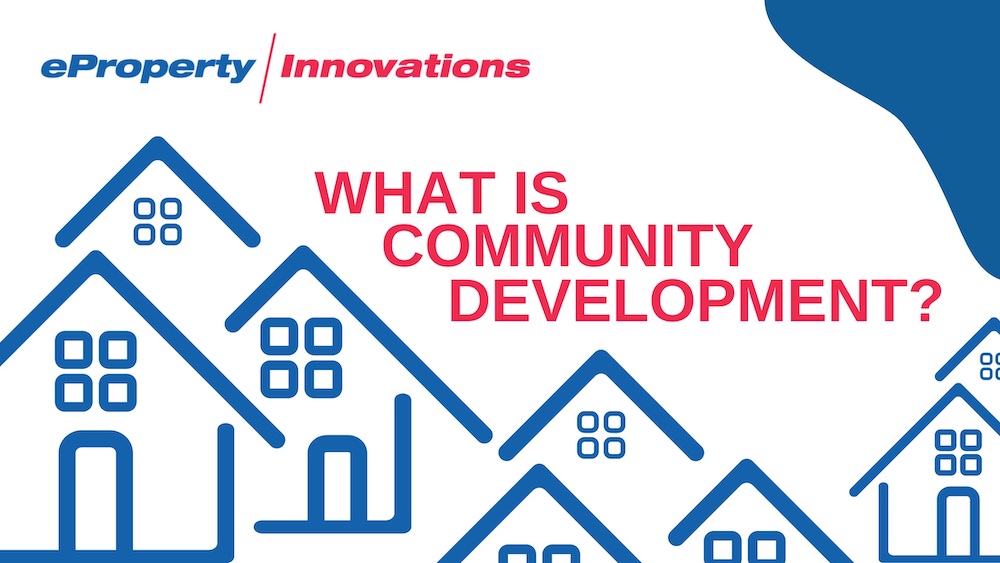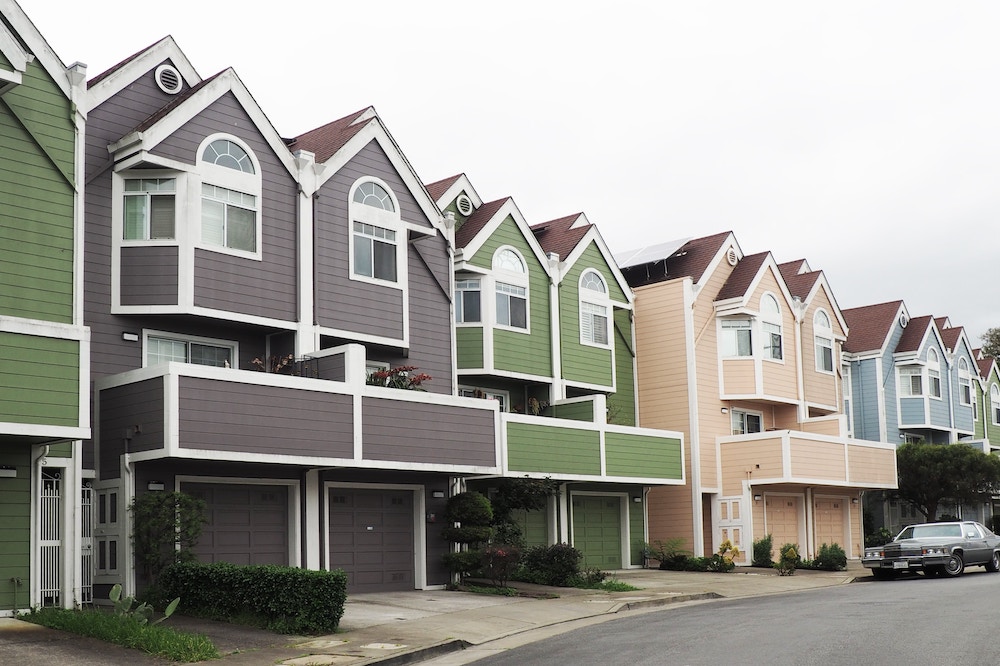What is Community Development?

The Nuts and Bolts of Community Development and Revitalization
When asked the question: what is community development, we begin with who. Community development organizations play a vital role in managing the development of a community in order to protect the quality of life for its residents, promote a stable economic base, and ensure safe construction, all in balance with the constraints of the community’s environment and resources. If this sounds like a complex and challenging (but critical) task, that’s because it is! It takes a special combination of knowledge, skills, and dedication to plan and support community development and revitalization efforts.
The Role of a Community Development Director
Community development directors are responsible for overseeing and coordinating programs that improve the quality of life for residents and create a thriving community. Much of their work involves organizing and improving housing and housing opportunities, especially for people of limited means.
Some of the specific responsibilities of a community development director may include:
- Planning and zoning: Community development directors are often responsible for ensuring that new developments and land use plans comply with local zoning laws and regulations. They may also develop and implement long-term planning strategies for the community. Sometimes, this function is handled by planning and zoning staff, which may or may not work in a separate department.
- Economic development: Community development directors may work to attract new businesses and industries to the community, promote tourism, and create job opportunities for residents. Often times, community development departments liaison with economic development entities, such as chambers of commerce, small business development centers, and regional economic development organizations.
- Housing: Community development directors may oversee programs to provide affordable housing options for residents, such as subsidized housing, rehabilitating existing properties, or encouraging new construction. Most state and federal housing funding flows through projects supervised by community development departments. Sometimes, bigger cities will have specific housing departments; in other cases, housing initiatives are handled by a county redevelopment authority or public housing authority.
- Environmental initiatives: Community development directors may also oversee initiatives to improve the environment and sustainability of the community, such as promoting energy-efficient buildings, implementing green infrastructure, or encouraging recycling and composting. Each of these strategies improves the quality of life in communities and can enhance housing affordability and resiliency.
Regardless of the strategic focus, community development directors work to engage residents and community stakeholders in the decision-making process. This may involve outreach efforts, public meetings, and other forms of community involvement. They are also responsible for securing and managing grants from federal, state, or private sources to fund community development projects. They have a big responsibility and oversee programs and activities with lots of moving parts.
The Role of Data in Community Development

Community development organizations use a variety of data sources in their day-to-day work, depending on the specific focus of their role and the needs of their community.
Some examples of the types of data that community development directors and their support staff use include:
- Demographic data: Demographic data, such as age, income, and education level, describe the characteristics and needs of community residents and can help inform decisions about housing, transportation, and social services.
- Economic data: Economic data, such as employment rates, industry growth, and business activity, illustrate the relative economic strengths and challenges of the community and inform economic development strategies.
- Land use and zoning data: Land use and zoning data and regulations help guide decisions about development projects, housing initiatives, and transportation planning.
- Geographic data: Geographic data, such as maps and aerial imagery, help visualize and analyze the physical features of their community and the spatial relationships between different community assets, groups, or physical attributes and topography. This information can be used for tasks like identifying potential development sites, assessing the impact of new projects on the environment, and planning for emergency response.
- Community engagement data: Community engagement data can be collected from surveys, 311 calls, public meetings, and other forms of community engagement to document the priorities and concerns of residents and inform decisions about community development projects and initiatives.

What is Community Development Software?
To collect and use the many types of data needed in community development, community developers often have to use various software systems on a daily basis. The specific software systems that they use will depend on the needs of their community and the focus of their work.
Here are some examples:
- Geographic Information Systems (GIS): GIS software is commonly used to create and manage spatial data, such as maps, aerial imagery, and other geo-spatial data.
- Customer Relationship Management (CRM) software: CRM software can be used to manage customer interactions and data, such as contact information, communication preferences, and service requests and responses. CRM software helps improve communication with residents and key stakeholders.
- Data Management Systems: Data management software can be used to manage and organize large datasets, such as demographic data, economic data, or community engagement data, to help users analyze trends and patterns, identify areas of need, and make data-driven decisions.
- Project Management Software: Project management software can be used to plan, track, and manage community development projects. This software can help users organize tasks, assign responsibilities, track and report on progress, and manage budgets.
- Communication and Collaboration Software: This type of software helps improve communication and collaboration among community development staff and with residents. This can include tools such as websites, email, instant messaging, social media channels, public access TV, and online collaboration platforms.
A Software Designed Specifically for Community Development
ePropertyPlus is designed to support community revitalization. When we envision our ideal users, we tend to think of community development directors and the various tasks and responsibilities they are tackling on a daily basis. ePropertyPlus manages the lifecycle of property and projects in an intuitive, flexible, GIS-based data management system.
For community development departments seeking a single system that does most of what they need, ePropertyPlus can be ideal. For larger departments that can afford to maintain multiple systems, ePropertyPlus provides a value-add option that extends the utility of other software systems, such as GIS, an asset management system, or a CRM.
Learn more or watch a demo to see how ePropertyPlus can help in your community development efforts.



